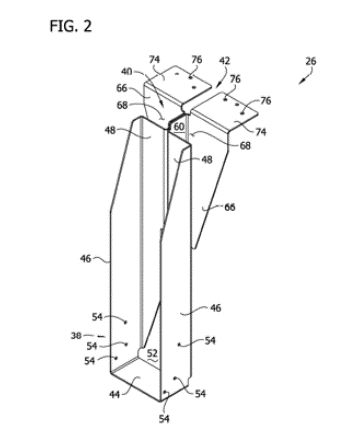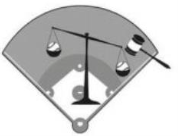The US Court of Appeals for the Federal Circuit reversed a Patent Trial & Appeal Board obviousness decision, finding that a prior art reference relating to automotive engine parts was not analogous art to the challenged patent, which related to injection devices used for drug delivery. Sanofi-Aventis Deutschland GMBH v. Mylan Pharmaceuticals Inc., Case No. 21-1981 (Fed. Cir. May 9, 2023) (Reyna, Mayer, Cunningham, JJ.)
Sanofi-Aventis owns a patent directed to a drug delivery device that can be configured to allow for the setting of different dose sizes. The main independent claim of the patent recites a spring washer element with “at least two fixing elements configured to axially and rotationally fix the spring washer relative to the housing.”
Mylan initiated an inter partes review (IPR) proceeding against the patent, arguing that the challenged claims were obvious based on a combination of three prior art references: Burren, Venezia and de Gennes. Burren described a drug injection device that used a coiled spring, while Venezia described a hypodermic syringe with a spring washer having a tongue that fit into a collar to prevent the washer from rotating relative to the collar. The third prior art reference, de Gennes, disclosed a large spring-washer-like device used in automobile engines to maintain the alignment between the engine and the transmission. Sanofi argued that de Gennes was non-analogous art because it was not in the same field of endeavor as the injection devices described in the patent and was not reasonably pertinent to a problem faced by the inventor of the challenged patent.
The Board adopted Mylan’s definition of the problem to be solved, which was “axially fixing two components relative towards each other.” Under this broad definition, the Board found that de Gennes was reasonably pertinent to the challenged patent and that claims were obvious in view of Burren in combination with Venezia and de Gennes. Sanofi appealed.
Sanofi argued that the Board erred in determining that de Gennes was analogous art. The Federal Circuit explained that in evaluating whether a reference is analogous, a patent challenger must compare the reference to the challenged patent. Applying this test, the Court found that substantial evidence did not support the conclusion that de Gennes was analogous to the challenged patent. Although Mylan had mapped de Gennes to certain elements of the challenged claims, there was no evidence that de Gennes—an automobile-related patent—was analogous to the challenged patent—a drug delivery device. The Court also found that statements that de Gennes and the challenged patent were “both interested in solving the same issue . . . [of] accommodating various cartridge lengths” were insufficient to show that de Gennes was analogous to the challenged patent.
read more

 Subscribe
Subscribe




